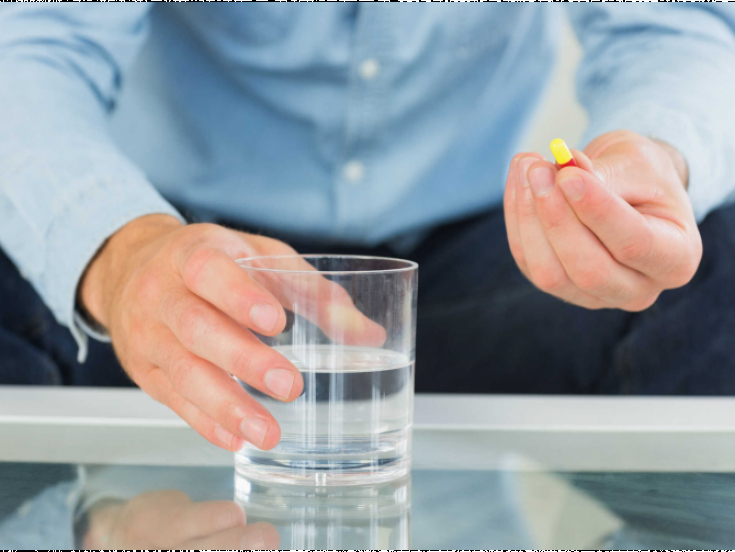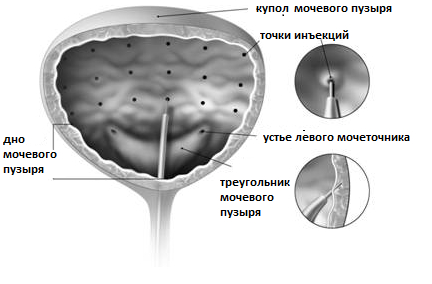Incontinence, or urinary incontinence – is a condition characterized by episodes of involuntary urination that occur against the background of physical or emotional stress.
Avoidance of social environment, decreased physical activity, depression – far from the only manifestations of a deterioration in the quality of life in patients with incontinence.
Fortunately, today there is a wide range of effective medications and procedures aimed at eliminating urinary disorders in patients with incontinence.
One of the most modern and effective methods of treating incontinence is botulinum therapy, read more about it on estet-portal.com in this article.
Botulinum toxin preparations in the treatment of patients with urinary disorders

According to current international guidelines for the treatment of incontinence (commandative and ridiculous urinary incontinence), anticholinergics are the first-line drugs.
Despite the high evidence-based efficacy of this group of drugs, the use of anticholinergics is associated with a large number of side effects and contraindications.
Botulinum therapy is the therapeutic option of choice for patients who cannot tolerate the side effects caused by anticholinergics (particularly dry mouth), or whose previous treatment has not brought the desired result.
For more information about the features of the use of botulinum toxin preparations in the treatment of urination disorders, read further in the article.
Follow us on Facebook
Incontinence and an overactive bladder: the efficacy of BOTOX®
Effectiveness of BOTOX® – the world's most famous drug botulinum toxin type A from of the Allergan company – has been proven in double-blind, placebo-controlled, randomized trials.
Besides incontinence, BOTOX® it has also been used successfully in the treatment of patients with other types of urinary disorders, in particular those with overactive bladder.

The procedure for botulinum therapy of patients with urination disorders is the injection of BOTOX®; into the bladder under the control of a cystoscope.
The reconstitution of the botulinum toxin preparation must be carried out strictly in accordance with the recommendations set out in the instructions.
For the treatment of an overactive bladder, the recommended dose of BOTOX®® is 100 units. Injections of the drug with a volume of 0.5 ml (5 units each) are made at 20 points of the detrusor.
For the treatment of incontinence, the recommended dose of BOTOX® is 200 units. Injections of the drug with a volume of 1 ml (approximately 6.7 units each) are made at 30 points of the detrusor.
After the procedure, the patient must be observed until the moment of the first urination, but not less than 30 minutes.
World-wide research: higher doses of BOTOX®
Botulinum Therapy: Clinical Improvement Visible After 2 Weeks
Most patients notice clinical improvement within two weeks after the botulinum toxin treatment.
Re-injection of BOTOX® possibly not earlier than 3 months after the first botulinum therapy.
BOTOX® – botulinum toxin type A, which has FDA registration and is successfully used in the treatment of patients with urinary disorders.
Despite all the benefits of botulinum toxin therapy, there are some limitations to the use of

Original drugs of the company "Allergan" You can only buy from the official distributor.
Botulinum toxin: why poison has no analogues among drugs







Add a comment